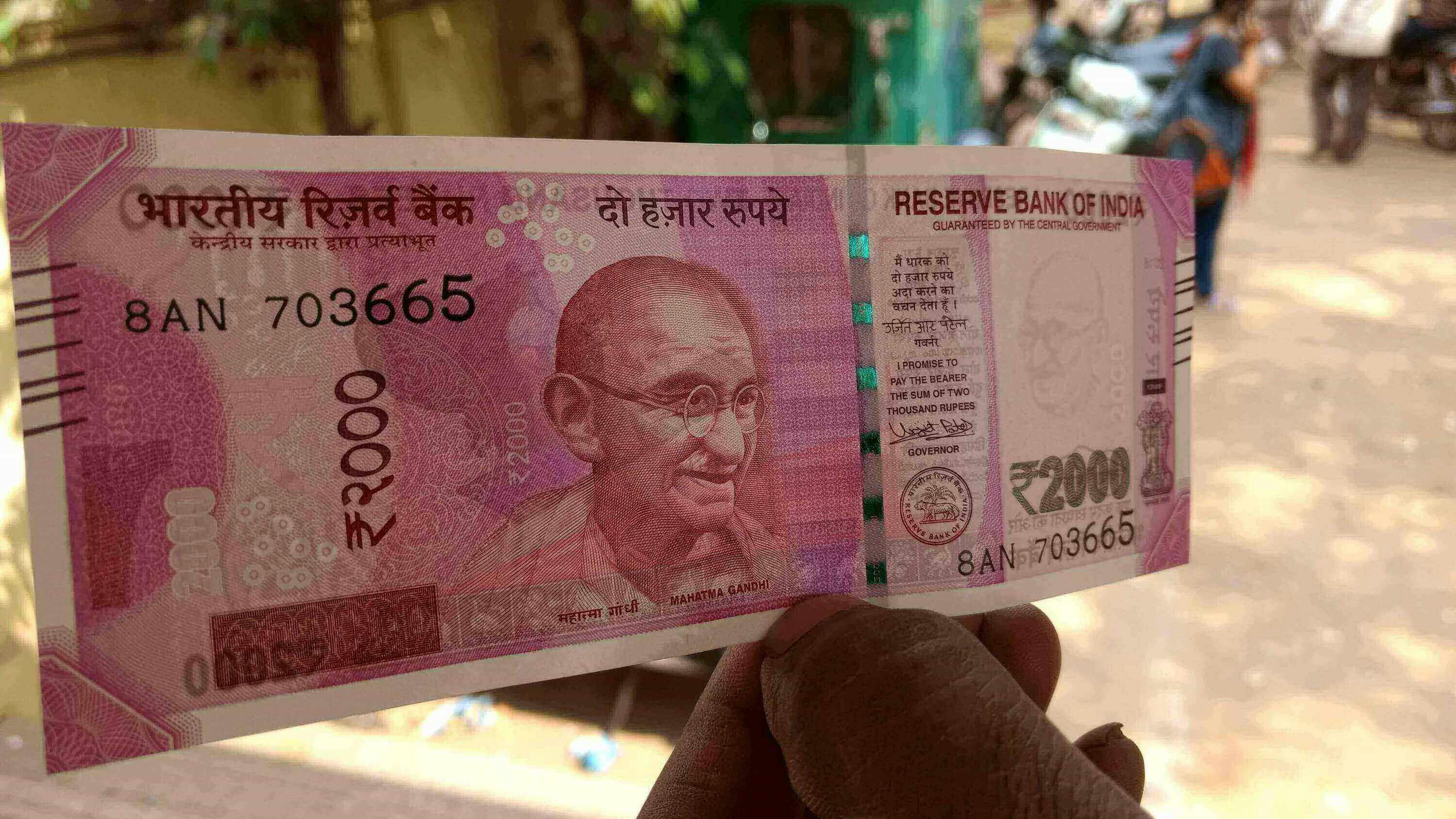2000 Rupee Note Discontinued
Citizens can exchange the 2000-rupee notes at any bank from 23rd May 2023 to 30th September 2023.
A person holding up a 2000-rupee note. Photo by Wikimedia Commons / CC BY-SA 4.0
Anamitra Swarupa • 23 May, 2023 • 7 Min
CEFR A2 (Easy)
